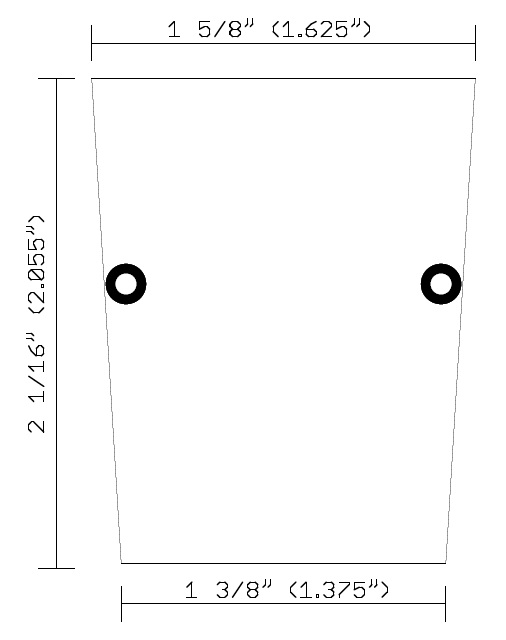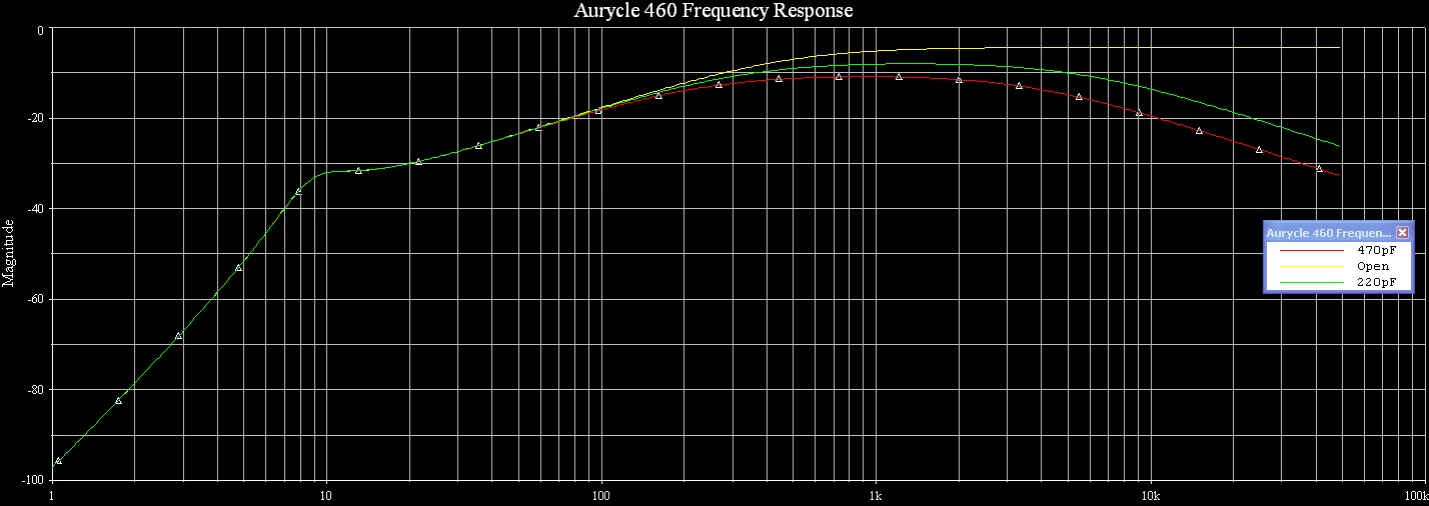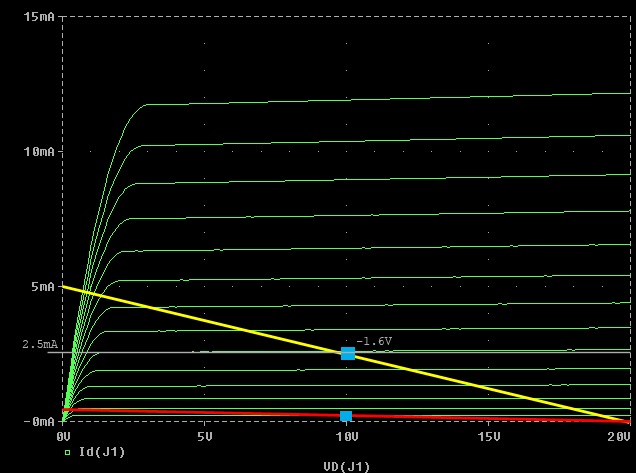saxmonster
Well-known member
- Joined
- Jan 3, 2012
- Messages
- 534
If I get this or mod to a u87 how can I do the biasing procedure if I don't have a scope? Is there some place I can go to have it done or is there a cheap scope I can pickup for the couple of projects I do hear and there?
Thanks
-Scott
Would a mom and pop tv repair store have a scope to test the mic?
Thanks
-Scott
Would a mom and pop tv repair store have a scope to test the mic?







